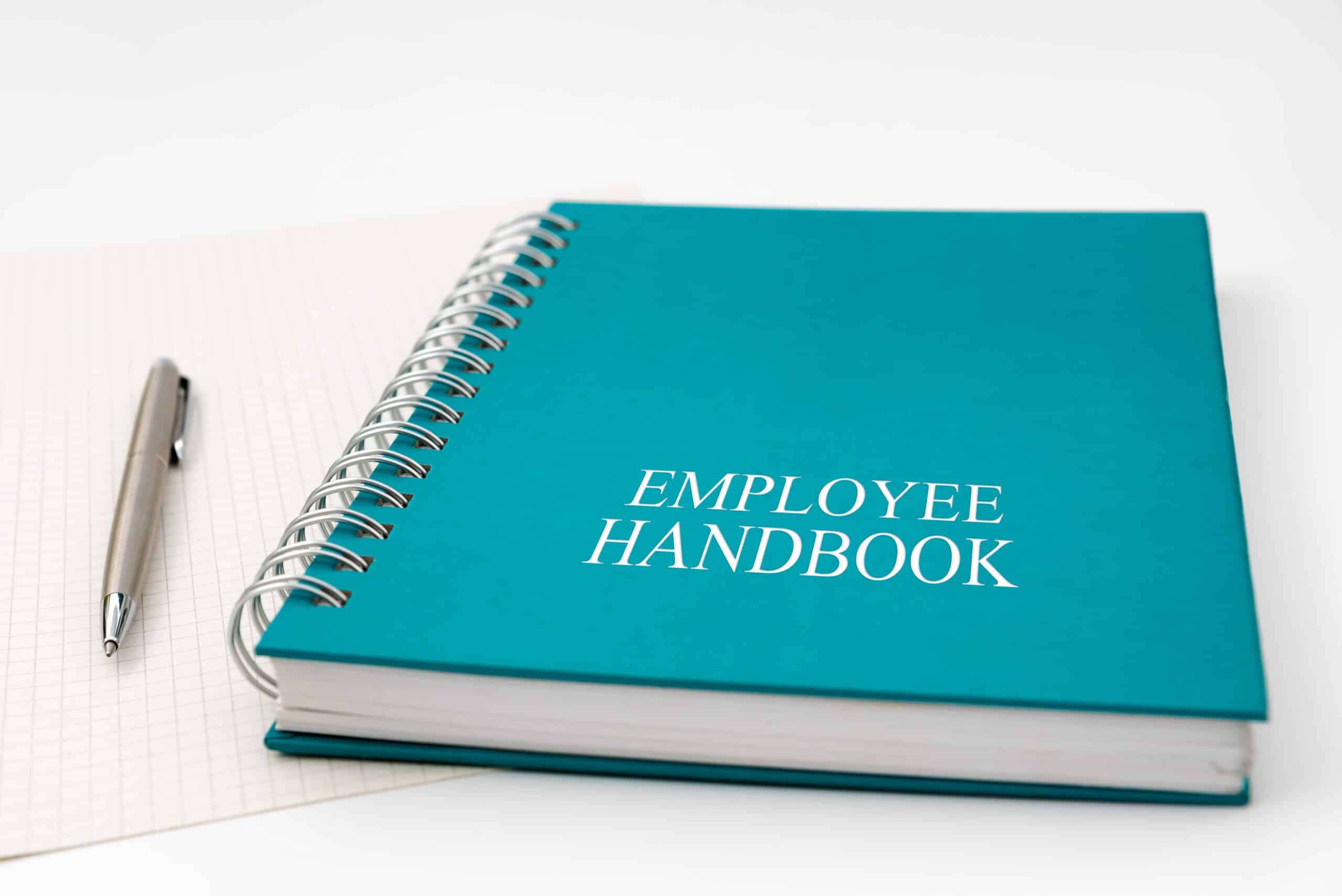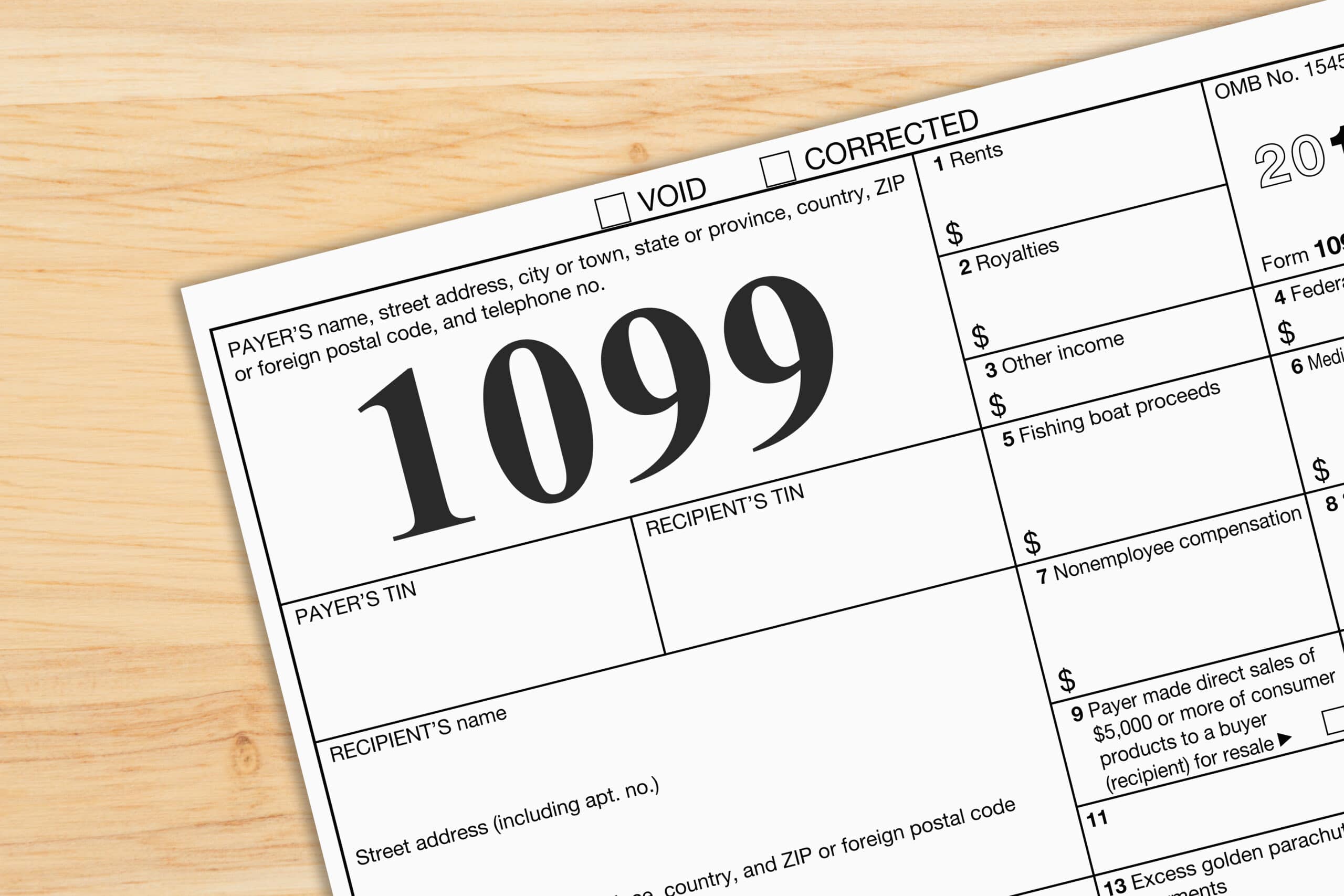An employee handbook is a useful tool to create a positive workplace culture, foster employee loyalty, and provide needed information. When you start hiring W-2 employees, you need to implement a host of employee related policies. Consider creating an employee handbook that pulls all of these policies together into a single cohesive document.
What is an employee handbook?
An employee handbook is a printed or electronic document that provides reference information regarding company culture, benefits, and policies. Provide a handbook to every new employee during the onboarding process. The handbook makes a new hire feel more at home and increases their efficiency out of the gate.
Do I NEED one?
An employee handbook is NOT legally required. Certain laws require an employer to notify employees of workplace rights. But no law requires use of a handbook to make these notifications. It’s just an easy way to accomplish it! And a great place to gather employer related legal protections. The handbook provides your business with legal protection from employee lawsuits and claims, such as wrongful termination, harassment, or discrimination. A well drafted handbook can show that your company is compliant with regulations, and that your employee knew the company policies and how to get help.
What should I include in an employee handbook?
Company requirements, core values, mission, and vision are different from one company to the next. Your handbook should be unique to your company and reflect your company values. That said, the handbook can accomplish any or all of the following:
- Provide legally required notifications. These may include equal employment opportunity, discrimination/inclusion, sexual harassment, bullying and violence, and non-retaliation.
- Introduce company culture. Include statements on company culture, values, and mission.
- Set clear expectations. Let your employees know the company expectations for attendance, time keeping, pay periods, dress code, parking, alcohol and drug use, code of conduct, employee discipline, termination of employment, how and to whom to report violations, harassment, etc.
- Define company policies. Tell employees how things work in your organization, including paid time off (vacation, sick time, Family and Medical Leave, bereavement, jury duty, military service), social media usage and posting, use of personal devices, information technology rules, and expectation of privacy.
- Introduce company benefits. Provide a brief statement on company benefits (such as medical and retirement) referring the employee to specific benefit documentation. Adding specific information about medical and retirement benefits can be problematic as those benefits typically change from year to year. Keeping the statement high level alleviates the need to revise your handbook every year.
- Provide a defense against employee claims. Make sure your handbook includes an employee acknowledgement page that the employee signs. You will retain this in the employee’s file to show that they were given a copy of the handbook, an opportunity to review it and ask questions, and that they understood they were agreeing to abide by the company policies outlined in the handbook.
Maintaining Your Employee Handbook
Once created, your employee handbook should be reviewed annually to ensure that all of your policies are still in play and being enforced. If policies have changed, the handbook should be updated to reflect actual practice within your company.
And here’s a great tip: If you are printing your handbook, don’t have it coil bound. Use three-ring binders that allow you to replace only those pages containing updated information. That will save you from having to reprint the entire handbook when you make policy changes!
If you want to create your own handbook, SHRM provides a great guide on developing an employee handbook. If you’d prefer to have it written for you, let’s talk!













